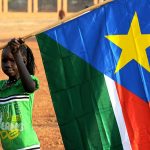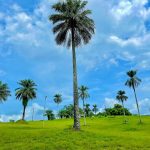When you read the title, you may wonder: Are There Ostriches in North Korea? Well, the answer is – Yes, and there are actually quite a few!
In this guide, we will introduce everything essential about the Pyongyang Ostrich Farm, the history of ostrich farming in North Korea, and the North Korean-style delicacies made from ostriches.
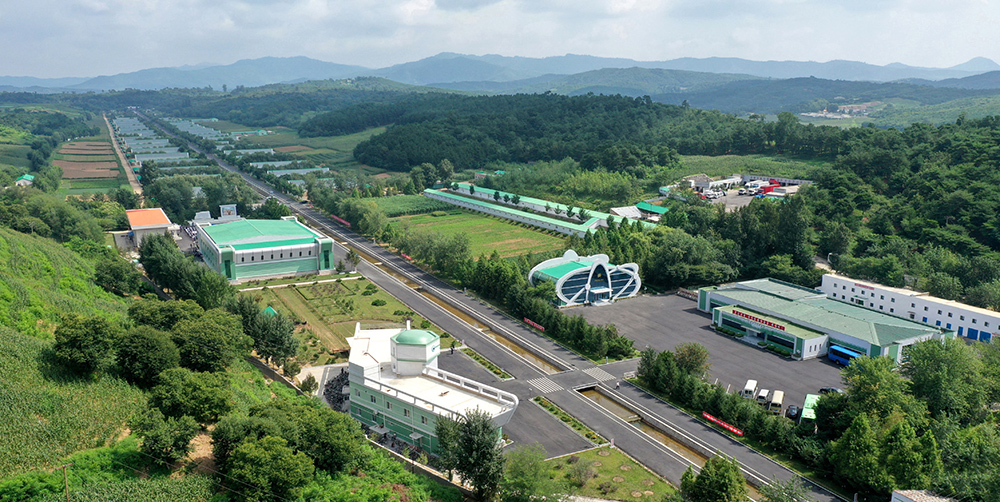
Table of Contents
WHAT IS THE PYONGYANG OSTRICH FARM?
The Pyongyang Ostrich Farm is one of the largest and most modern animal farms in Pyongyang. The farm was personally proposed by General Kim Jong Il in November 1997 and was completed and opened on September 3rd, 1998 to commemorate the 50th anniversary of the founding of the DPRK.
Afterwards, Kim Jong Il visited the farm three times and gave the following assessment: “Among all the production facilities I have inspected, the Pyongyang Ostrich Farm is the most outstanding, a full-score farm.” This shows that the word “best” in the title is not our personal opinion but is based on a reliable source.
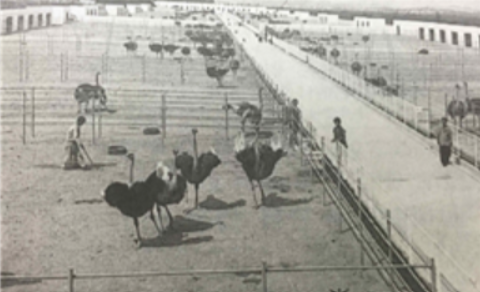
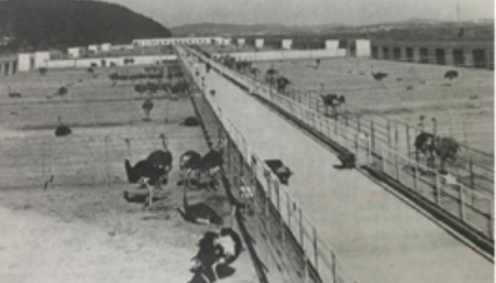
WHY WAS THE PYONGYANG OSTRICH FARM BUILT?
In 1997, North Korea was experiencing the Arduous March, a period of severe food shortages. Kim Jong Il pointed out that, considering the global trends in poultry farming, many countries were raising ostriches. Ostriches consume relatively little feed while producing a significant amount of meat, leather, and feathers, making them highly profitable animals. Therefore, he emphasised the importance of breeding ostriches in North Korea as well.
WHERE IS THE PYONGYANG OSTRICH FARM?
The Pyongyang Ostrich Farm is located in the northern part of Pyongyang, on the eastern side of the Pothong River, approximately eight kilometres southeast of Sunan International Airport.
WHAT IS IT LIKE VISITING THE PYONGYANG OSTRICH FARM?
On 9 August 2019, the Pyongyang Ostrich Farm successfully completed its renovation and upgrade.
Spanning a 2.5-kilometre-long valley covering 550,000 square metres, the farm is equipped with over 110 ostrich enclosures, housing 10,000 ostriches and supporting the production of various processed products.
The farm also includes an egg hatching room, a large protein fodder cultivation facility, and feed supply bases, as well as an ostrich meat processing factory and an overseas ostrich product manufacturing factory. As a farm built under the great care of the leadership, it also has a revolutionary history museum, a large portrait of General Kim Jong Il alongside ostriches and a sci-tech learning space, a stadium built for the workers.
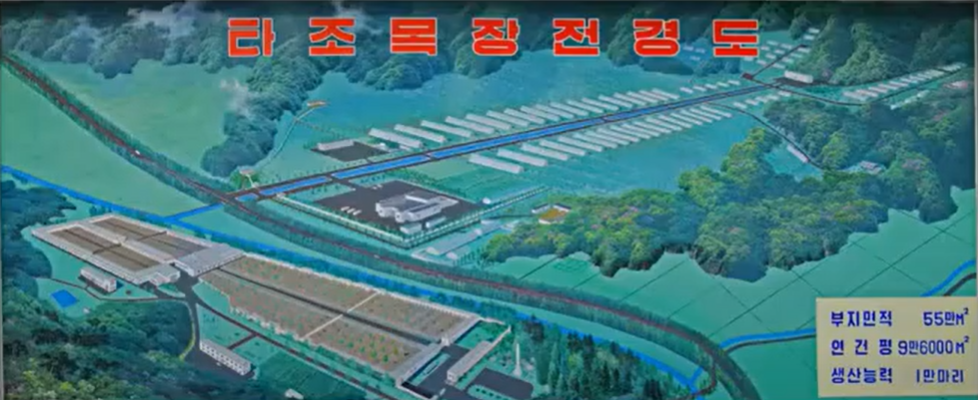
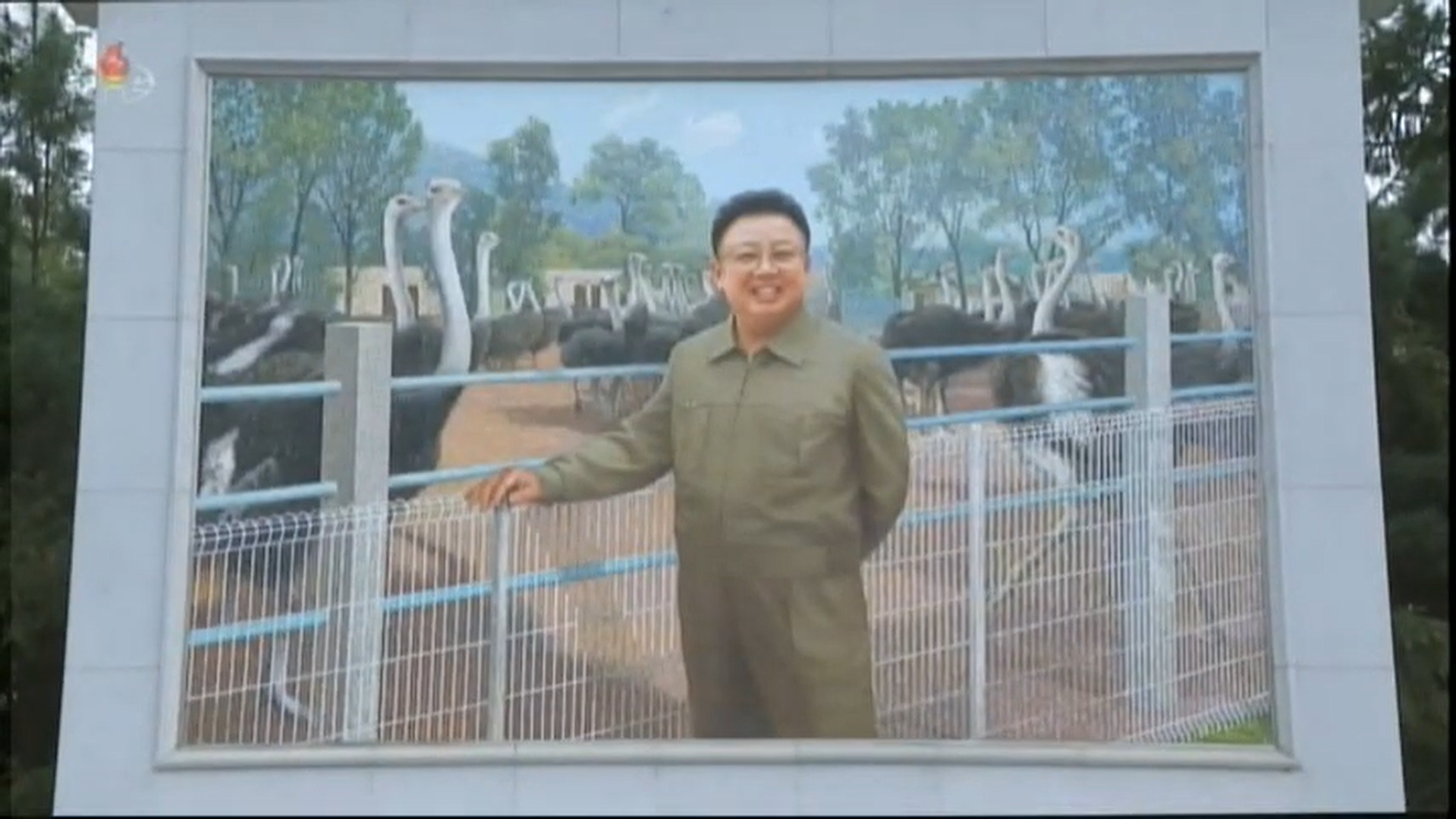
Upon entering the Pyongyang Ostrich Farm, visitors can ride an electric vehicle along the main road, flanked by ostrich enclosures. However, for hygiene and the well-being of the ostriches, both the vehicle and passengers undergo disinfection before entry.
Here, you can see ostriches running freely, feed them, and even ride an ostrich or take a ride in a carriage pulled by ostriches.
At the farm’s souvenir shop, you can purchase beautifully crafted ostrich egg ornaments, ostrich leather products, bone products, as well as fresh ostrich eggs and meat. According to its promotional material, toothpicks made from ostrich bone are said to have strong antibacterial properties, helping to eliminate oral bacteria and prevent enamel erosion; smoking pipes made from ostrich bone are claimed to be more effective than ivory pipes in filtering tar and removing nicotine.
At the on-site restaurant, visitors can enjoy traditional Korean BBQ ostrich meat, offering a unique culinary experience.
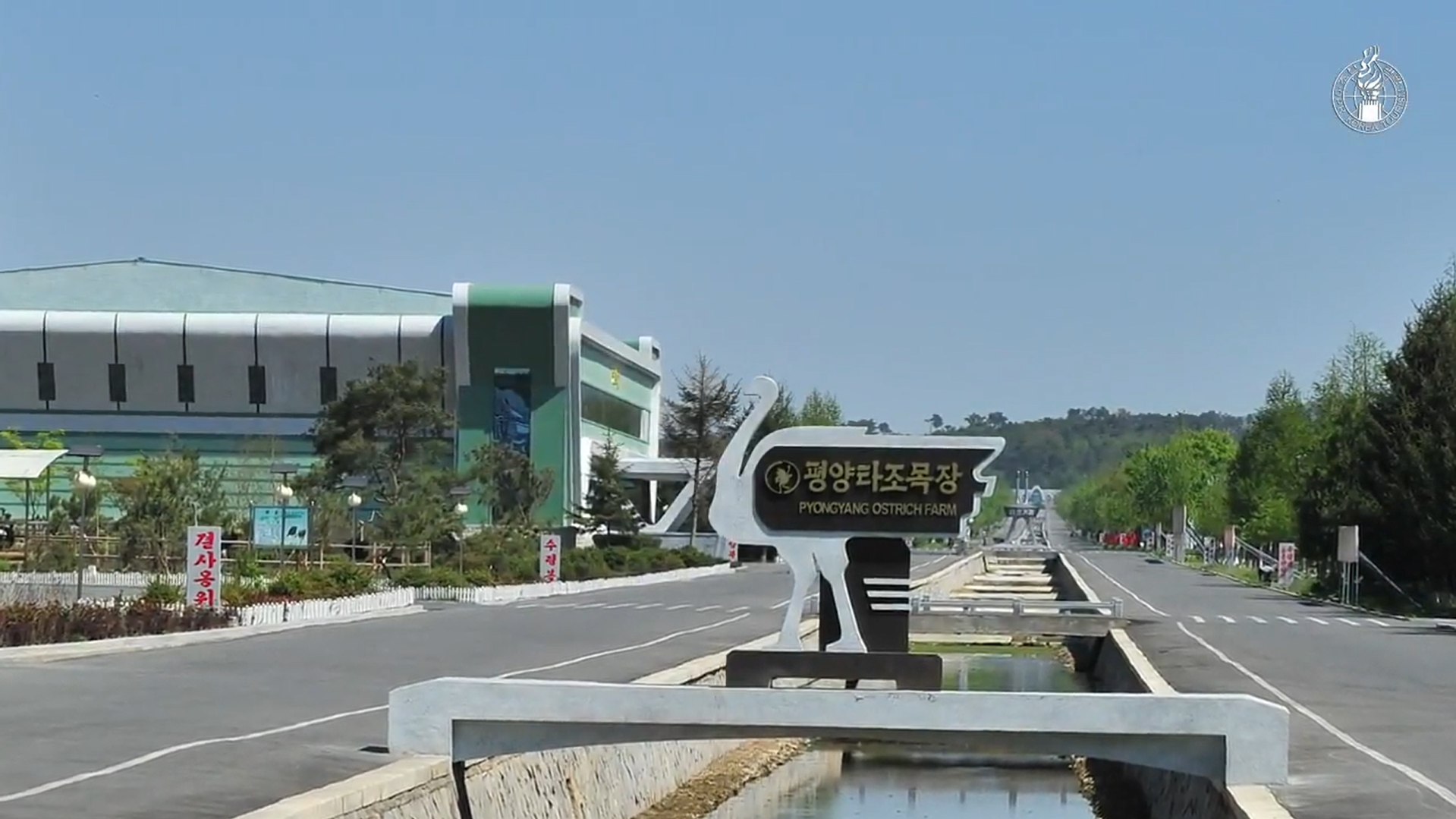
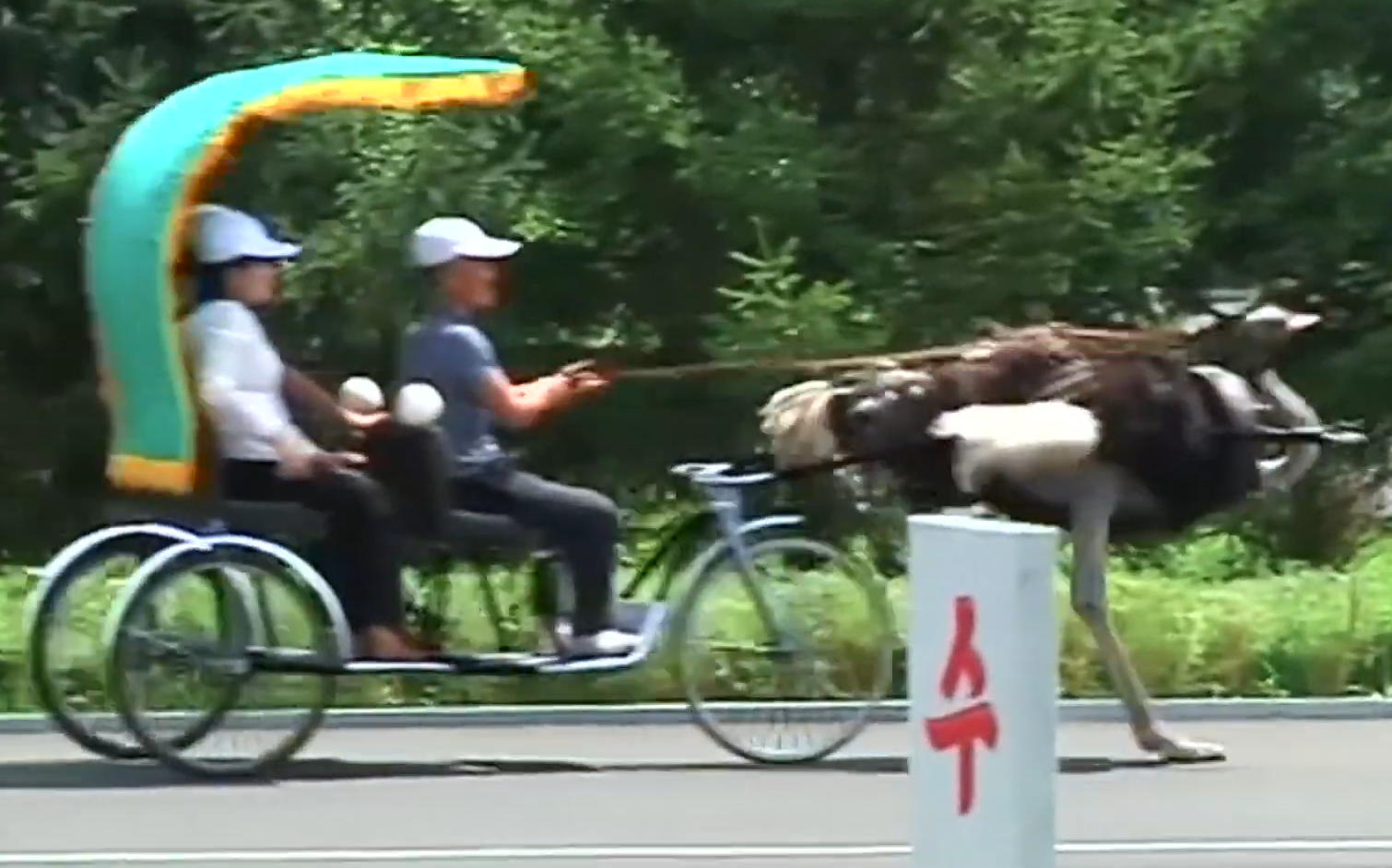
HOW IS OSTRICH COOKED IN NORTH KOREA?
Since the Pyongyang Ostrich Farm was established to provide meat, how is ostrich meat cooked in North Korea?
Korean Central Television has broadcast multiple programmes highlighting the nutritional value and health benefits of ostrich meat. These programmes have also taught viewers how to prepare ostrich dishes, including traditional Korean-style grilled ostrich, braised ostrich neck, braised ostrich wings, braised ostrich feet, steamed ostrich tendons, and ostrich soup, etc.
Let’s see how to make the Korean-style ostrich soup as an example. First, cook the ostrich meat until tender and shred it into strips. Then, use the broth from boiling the meat, beat in eggs, and add salt, pepper, and chilli powder, bring the mixture to a boil. Finally, combine the meat and soup in the same bowl and season with green onion, garlic, sesame and chilli oil made from ostrich fat.
In Pyongyang, there are several restaurants specialising in ostrich dishes, such as Yonpoong Restaurant near the Potong River. Additionally, the famous Wolhyang Gak Restaurant offers more than 40 different ostrich dishes.
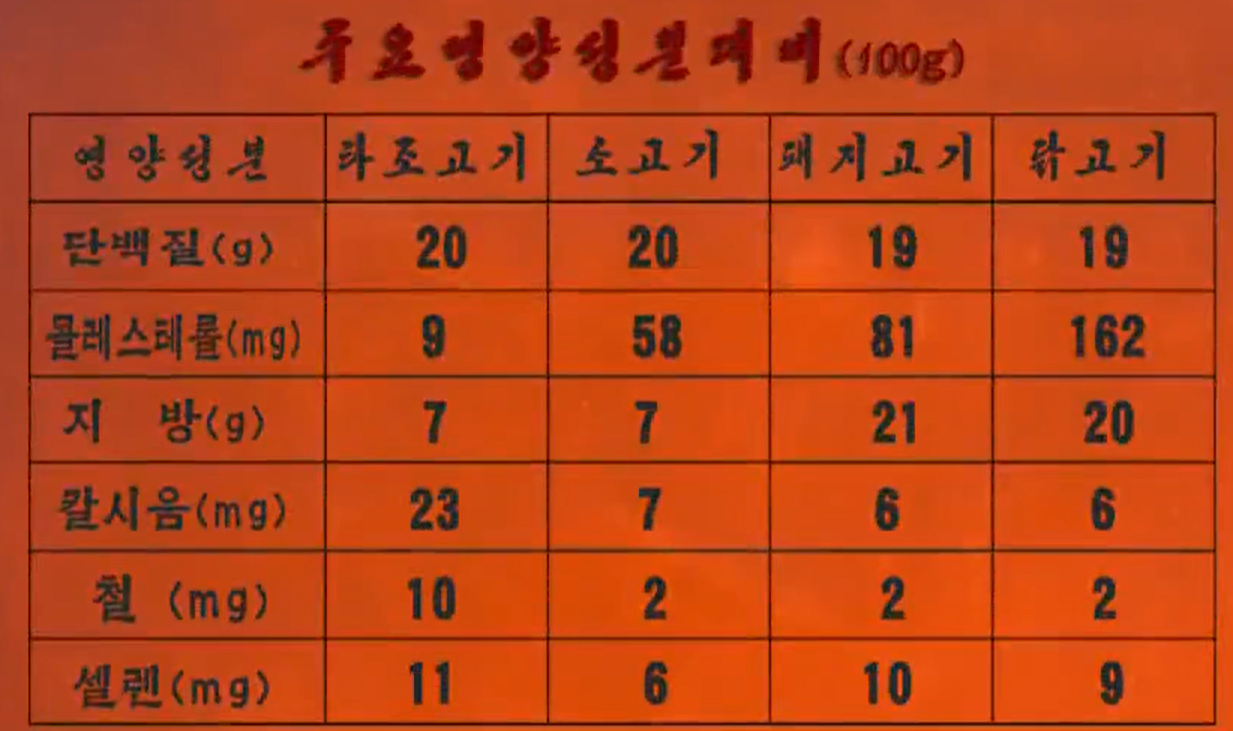
FUN FACT ABOUT NORTH KOREAN OSTRICH
Is There Only One Ostrich Farm in North Korea?
If you think that such an ambitious and investment-heavy farm like the ostrich farm could only exist with just one in North Korea, then you’re wrong.
The Pyongyang Ostrich Farm we’re introducing is actually now known as the Pyongyang Sunan Ostrich Farm, to distinguish it from other ostrich farms in Pyongyang. Furthermore, as the idea was directly from the leader himself, ostrich farming is also present in other rural cities such as Yontan County in North Hwanghae Province and Gaechon City in South Pyongan Province.
What Kind of Ostrich Do They breed in North Korea?
The answer to this question is – the North Korean Ostrich!
According to official North Korea, the African ostriches, originally native to tropical desert regions, have adapted to the climate and customs of North Korea for about 20 years. As a result, they and their descendants have become a unique breed known as the North Korean ostrich!
CONCLUSION
Ostrich farming in North Korea is a typical North Korean-style project, and the Pyongyang Ostrich Farm, as the highest level of this endeavour, is a kind of pride for the country.
Check out YPT’s North Korea Group Tours and Private North Korea Tours to try the North Korean Ostrich in Pyongyang for yourself!



